A 39-year-old Chinese national who illegally flew a drone over Vandenberg Space Force Base faces sentencing today in Los Angeles federal court after pleading guilty to violating national defense airspace. This case follows a drone incident we previously reported when Yinpiao Zhou was arrested last December at San Francisco International Airport while attempting to board a flight to China, according to a report from NBC Los Angeles.
Sophisticated Drone Operation Reveals Deliberate Security Breach
According to court documents, Vandenberg’s detection systems identified Zhou’s unauthorized drone on November 30, 2024. The aircraft operated for nearly an hour, reaching an altitude of approximately 5,280 feet (or “almost 1 mile,” as stated in the affidavit) above ground level – far exceeding standard recreational drone limits. Base trackers determined the flight originated from Ocean Park, a public area adjacent to the military installation.
When security personnel located Zhou at the park, they discovered he had concealed the drone inside his jacket – the same one that flew over the base, according to officials. A subsequent warranted search of Zhou’s devices revealed “several photographs of Vandenberg taken from an aerial viewpoint,” directly violating federal airspace restrictions.
Evidence Points to Premeditated Activity
Perhaps most concerning were the findings from Zhou’s phone. Investigators discovered search history for “Vandenberg Space Force Base Drone Rules” alongside messages with another person “about hacking his drone to allow it to fly higher than it could otherwise,” according to court papers. These communications suggest Zhou had deliberately modified his aircraft to circumvent standard safety limitations.
As a Chinese citizen with permanent resident status in the United States, Zhou had only recently returned to the U.S. from China in February 2024, approximately nine months before the incident, according to the U.S. Attorney’s Office. This timeline adds additional context to the case as federal prosecutors build their arguments for sentencing.
Potential Sentencing and Legal Ramifications
Having entered a guilty plea earlier this month to federal charges of violating national defense airspace, Zhou now faces significant penalties. Court documents indicate he could receive “up to one year imprisonment, a yearlong period of supervised release, and a fine of $100,000,” according to the U.S. Attorney’s Office.
This case highlights the serious Legal consequences drone operators face when violating restricted airspace, particularly around critical military installations. It also demonstrates the sophisticated detection capabilities deployed at sensitive facilities to identify and track unauthorized aircraft.
Industry and Regulatory Implications
This incident reinforces the ongoing challenges facing drone regulation and enforcement. While most consumer drones include geofencing technology that prevents operation in restricted areas and altitude limitations (standard FAA regulations limit recreational drones to 400 feet above ground level according to the FAA’s recreational flyer guidelines, the deliberate bypassing of these safeguards – commonly called “hacking” or “jailbreaking” – remains a persistent issue for security officials.
The case also illustrates the growing tension between the accessibility of Drone Technology and national security concerns. As consumer drones become more capable and widespread, securing sensitive airspace becomes increasingly complex. The incident demonstrates why regulatory bodies continue pushing for Remote ID implementation and stricter enforcement mechanisms.
For the Drone Industry, cases like Zhou’s highlight the importance of developing more tamper-resistant firmware and hardware-based limitations that can’t be easily circumvented. Drone altitude limitations are particularly important, with the FAA specifying that drones must “fly at or below 400 feet in Class G (uncontrolled) airspace” and require special authorization in controlled airspace, as noted in current FAA regulations. Manufacturers continue working on solutions that balance legitimate user needs for device control while preventing malicious modifications that enable illegal operations.
DroneXL’s Take
This case demonstrates why comprehensive drone detection systems are essential at sensitive installations. Vandenberg’s ability to detect, track, and respond to the unauthorized drone likely prevented more extensive photography of the facility. It also shows why drone operators must thoroughly understand airspace restrictions before flying.
The deliberate nature of this incident – from the apparent drone modifications to the specific searches about the base’s drone rules – suggests this wasn’t simply a recreational pilot making a mistake. As drone technology becomes more sophisticated, the security challenges will only increase, making both technical and regulatory solutions increasingly important.
Photo courtesy of Billy Kyle
Discover more from DroneXL.co
Subscribe to get the latest posts sent to your email.
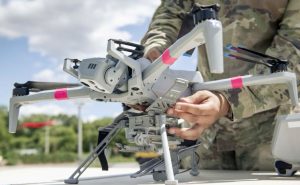

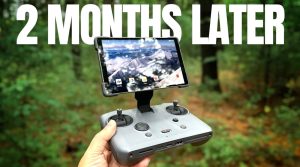
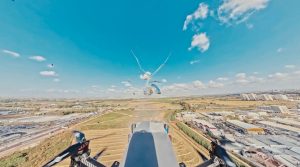


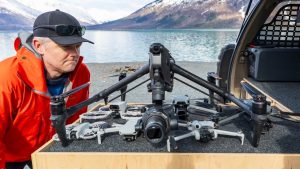
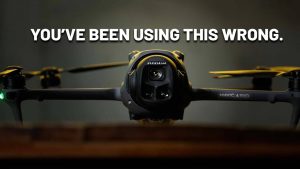

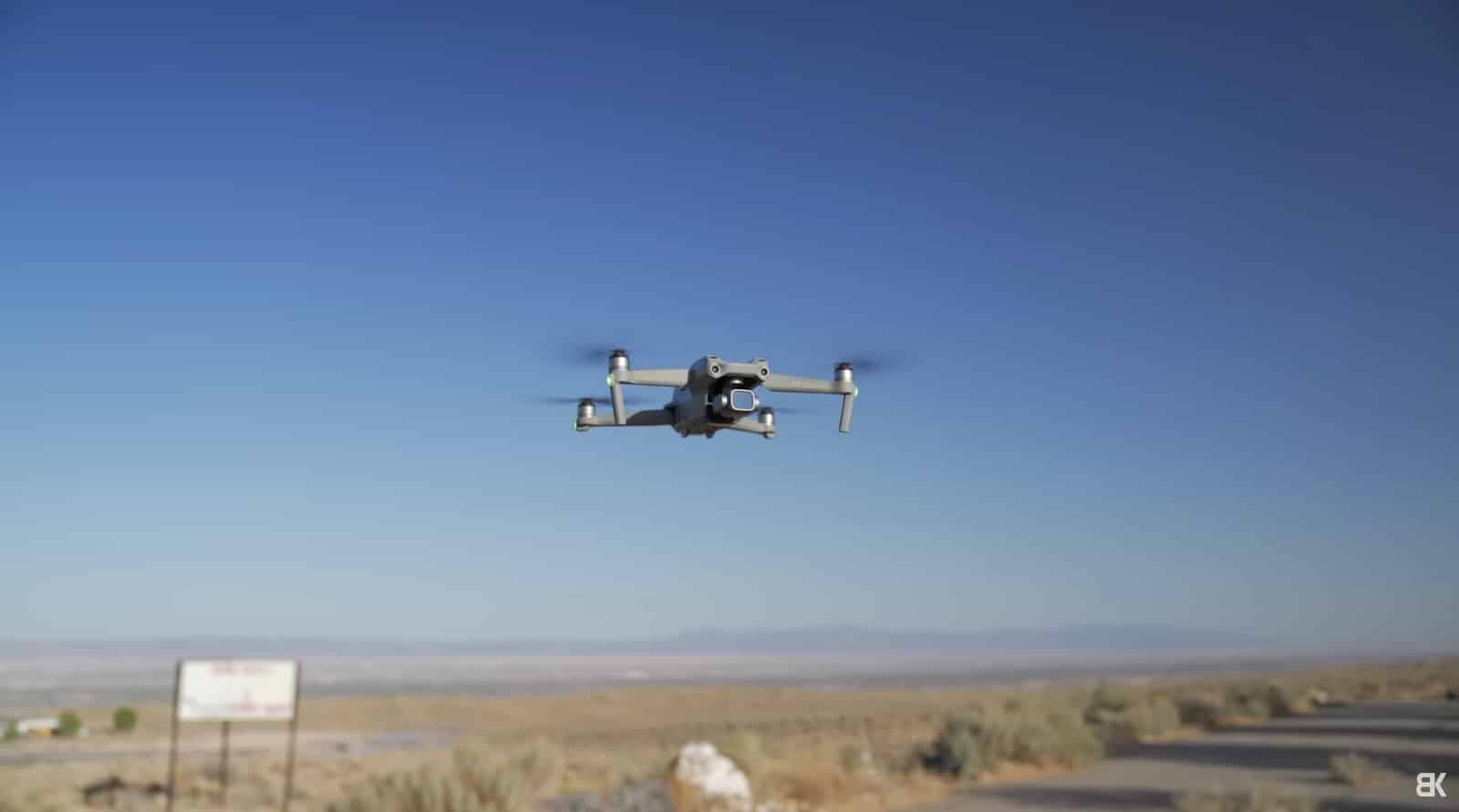
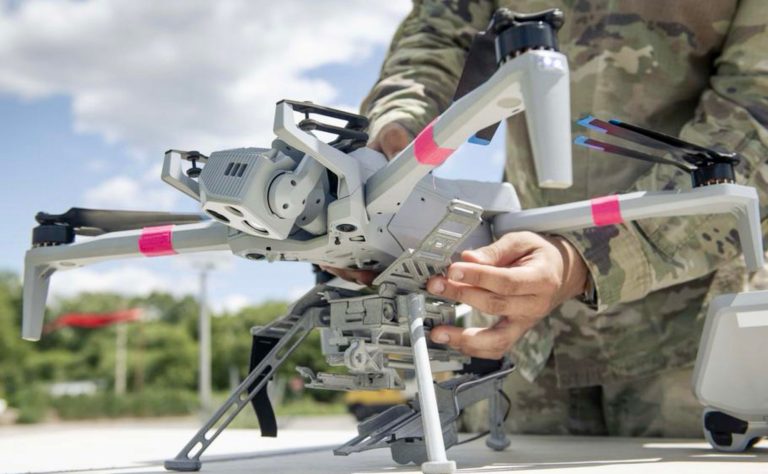
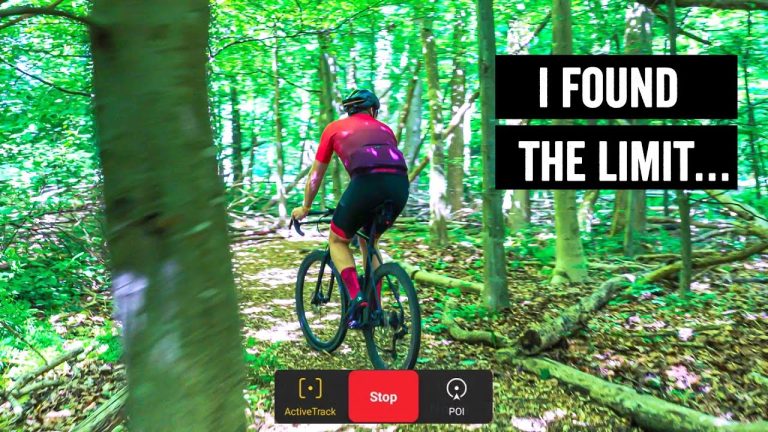
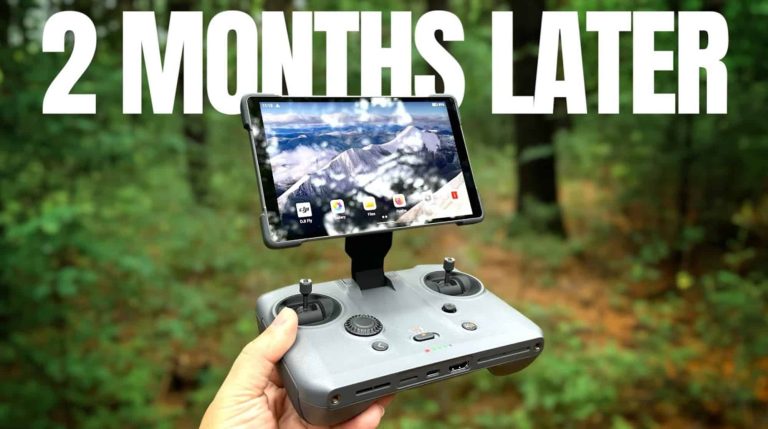
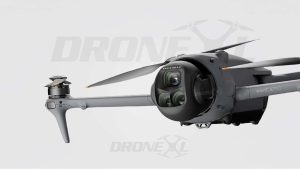
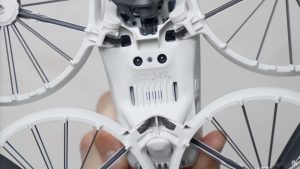
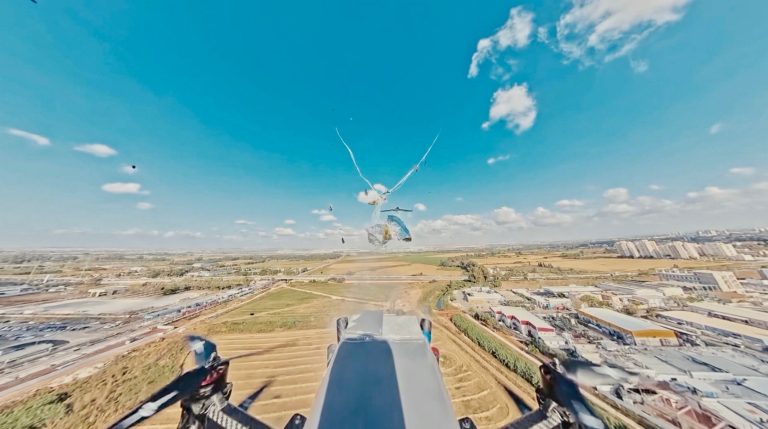

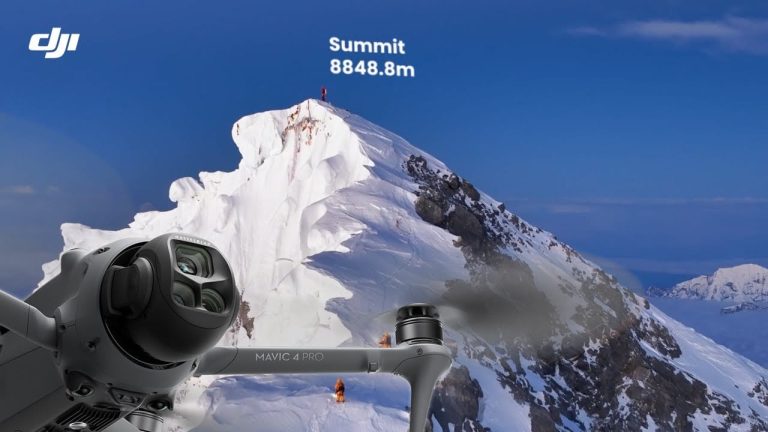
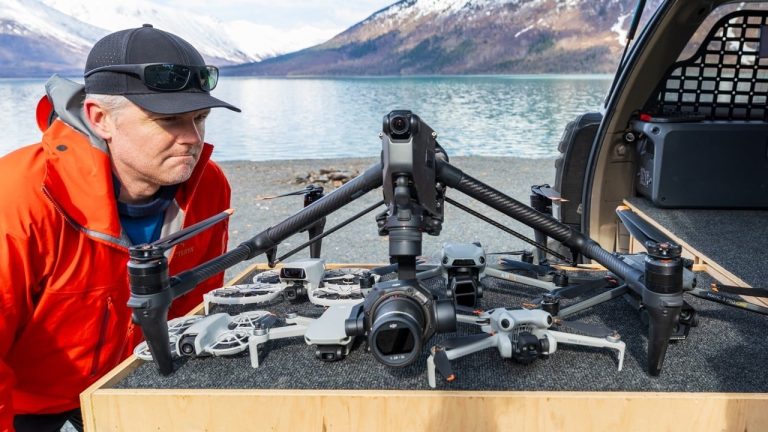
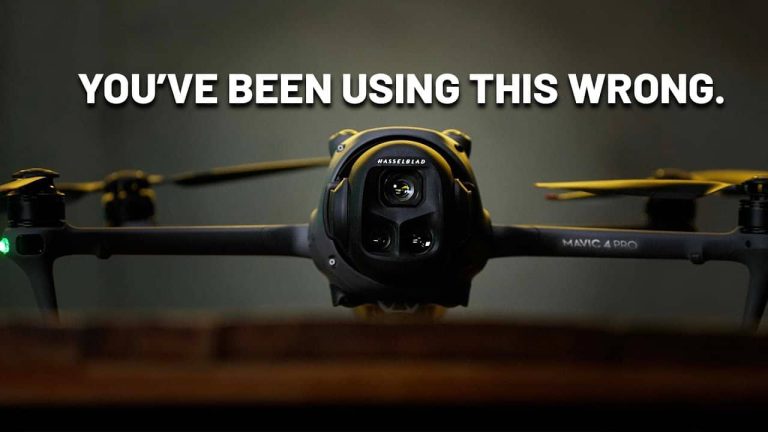
+ There are no comments
Add yours